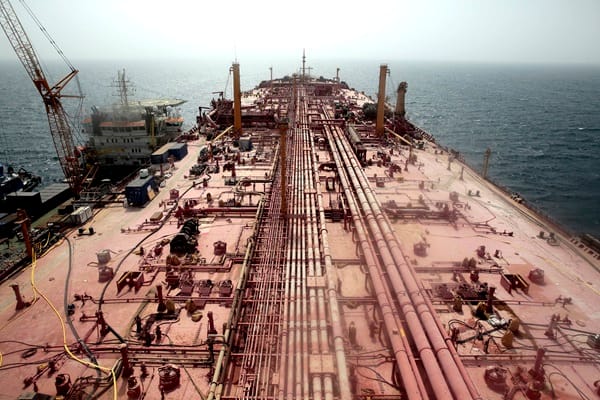Bussiness
Oil price forecasts following OPEC+ decision to delay production increase – London Business News | Londonlovesbusiness.com

Crude oil prices continue to face multiple pressures that affect their future trajectory, opening on Monday at $70.42 per barrel.
From my perspective, these prices are shaped by several factors, most notably OPEC+ production policies and global economic trends.
In an unexpected move, OPEC+ decided to extend voluntary production cuts for an additional month, a decision that reflects its response to current market changes. The significance of these actions comes at a sensitive time, as doubts grow regarding the stability of oil demand amid geopolitical and economic tensions.
While OPEC+ had initially planned to increase production by 180,000 barrels per day starting in December, this increase has been postponed until the upcoming December meeting, which may, in my opinion, temporarily bolster prices.
This delay could reflect a calculated strategy by OPEC+ to manage current market volatility, which includes a decline in global demand due to the economic slowdown in China. However, the question remains about the sustainability of this rise, especially with the potential for future cuts to voluntary reductions, which could lead to increased supply in the market and put downward pressure on prices in the long term.
I also believe that the upcoming U.S. presidential election is a critical factor in determining oil price trends. Investors are eager to see the outcomes of this election, as the economic policies of the new U.S. administration will directly impact global oil demand. With clear divisions in polling among candidates, I expect to see notable market fluctuations based on any signals regarding potential policies that the incoming administration may adopt. Any concrete steps taken by the new administration will certainly play a significant role in shaping short-term market expectations.
Furthermore, upcoming data on China’s imports will be of great interest, as any decline in Chinese demand could negatively impact prices and weaken the upward momentum we have seen recently. China, being one of the largest oil consumers in the world, can significantly influence supply and demand dynamics. If the data shows a decrease in imports, new pressures could be added to prices, potentially leading to further declines.
On the other hand, the ongoing rise in geopolitical tensions in the Middle East continues to impact the market, increasing caution among traders. Should new attacks or escalations in existing conflicts occur, prices could experience temporary spikes. These fluctuations keep the market in a state of constant anticipation, as any unforeseen events could quickly affect prices.
Despite these circumstances, prices rose on Monday, with OPEC+ adding positive pressure through its decision to extend production cuts, helping to boost oil prices, as Brent crude registered an increase of $1.18 per barrel. However, I believe caution is warranted as any price increases may encounter resistance at certain levels, such as $78.50, indicating that the market may be in a consolidation phase for some time, with a general downward trend.
Looking to the future, it seems to me that oil prices will move within a wide sideways range, and I expect prices to remain confined between low levels and limited highs. As the market awaits the U.S. presidential election, I believe this phase will be crucial in directing the future price movement. From my perspective, the U.S. Federal Reserve will play a key role in determining market direction through its monetary policies, which may in turn affect oil prices.
In conclusion, I can say that oil prices face numerous challenges, but thanks to OPEC+ measures, they may benefit from temporary support. Nevertheless, attention must remain on other factors, such as geopolitical tensions and the U.S. elections, that could influence the overall direction. Therefore, investors should prepare for further volatility and carefully seek short-term signals from the market that can help guide their investment decisions.









